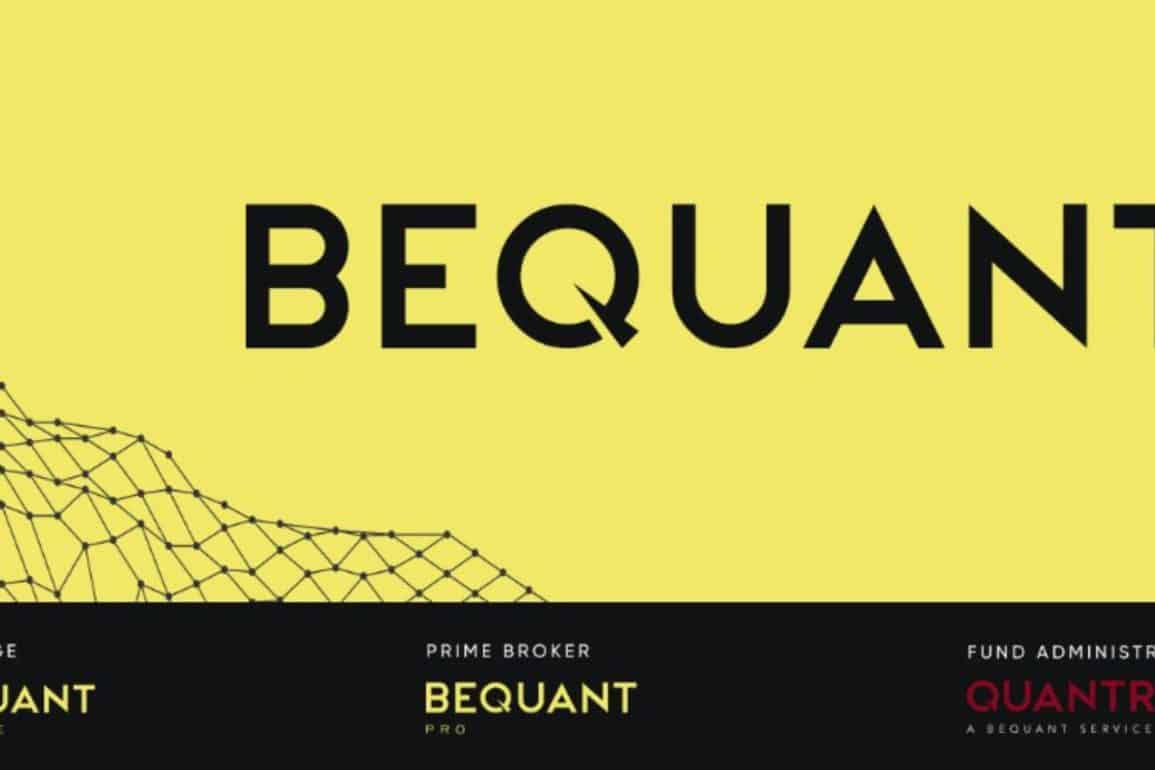- Summary:
- BEQUANT has introduced the BEQUANT Dollar Index (BQDI), which weighs the dollar against a host of cryptos. We tell you all about it.
BEQUANT, a digital asset primary brokerage and exchange, has announced that it will be launching its in-house dollar index (BQDI). The new index weighs the US dollar’s value to a basket of the top eight crypto assets, including Bitcoin, Ethereum, and Cardano as well as other well-known digital assets. The index is essential for investors to have in order to comprehend the knock-on impacts that the Federal Reserve’s monetary policy has on the crypto industry.
BEQUANT Dollar Index and how it works
BEQUANT is a platform that offers investments in traditional assets and cryptocurrency. It promotes itself as a one-stop shop for institutions and professionals interested in digital assets. The BEQUANT team is made up of professionals that have extensive experience in banking, derivatives, electronic trading, and prime brokerage.
These professionals come from institutional, retail, and digital financial services. The weekly market roundup that the team prepares will include discussion of the BEQUANT Dollar Index.
The weighting of each coin in the index is a function of its market capitalisation as well as the volume of transactions involving that coin. In addition, the index will update its coin collection on a monthly basis to reflect changes in the market. Users can see if the macroeconomic climate relates to the broader crypto market by comparing the BEQUANT Dollar Index to the U.S. 10Y Treasury or the standard DXY.
The indicator, in essence, assesses and reflects the impact of the most recent economic news on the wider cryptocurrency market. According to this correlation, new economic data releases will likely cause market volatility, as they do in traditional financial markets. Investors can better understand the interdependence of the two and the fundamentals of cryptocurrency by using this strategy. Also, investors can use it to evaluate currencies that aren’t affected by market fluctuations.


